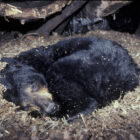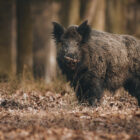What do hedgehogs do during winter?
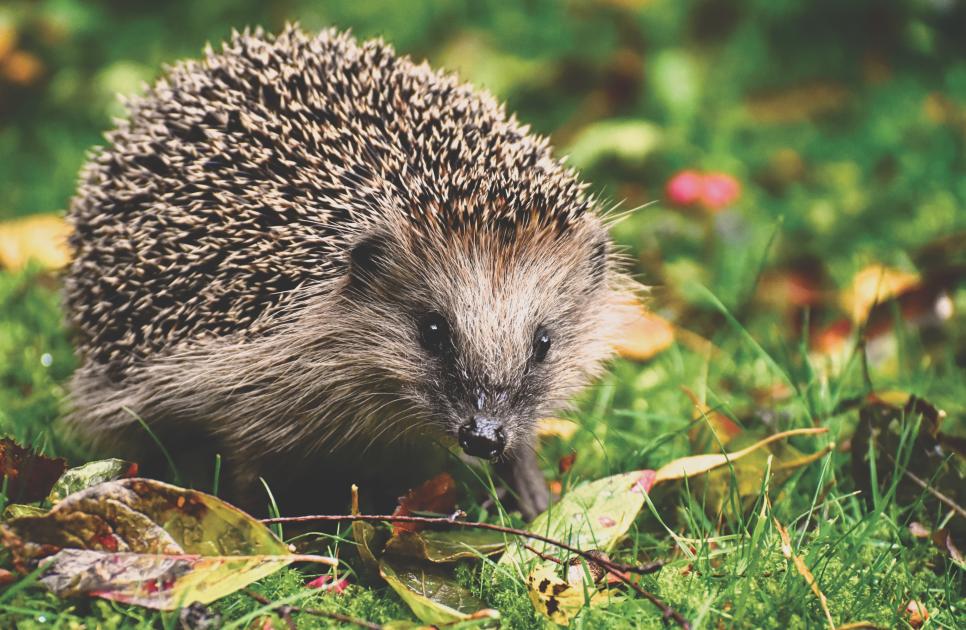
The arrival of winter brings with it a transformation of the natural world. As temperatures drop and daylight dims, the hedgehog adapt in remarkable ways to survive the challenges posed by winter season.
Hedgehogs (Erinaceus europaeus) are small, spiny mammals native to Europe, Asia, and Africa. They are nocturnal creatures, typically active at night, and are known for their distinctive spines and habit of curling into a ball when threatened. In the wild, hedgehogs are solitary animals that roam over a wide range of habitats, from gardens and parks to forests and grasslands.
Hedgehog Adaptations for Winter
During the winter months, hedgehogs undergo a fascinating process called hibernation. Hibernation is a state of dormancy or reduced metabolic activity that allows animals to conserve energy during times of scarcity or extreme weather conditions. Hedgehogs, like many other animals, hibernate to survive the cold winter months when food is scarce and temperatures drop.
Hedgehogs have also evolved a range of physical and behavioral adaptations to survive the winter. Their spiny coat acts as insulation, trapping a layer of air close to their body to help retain heat, and their thick skin helps them withstand the cold and protects them from injury. Finally, the fur on their underbelly is particularly dense, providing additional warmth.
In the weeks leading up to hibernation, hedgehogs become less active, conserving energy for the winter ahead. Hedgehogs are adaptable creatures and can adjust their behavior based on environmental conditions. For example, they may delay hibernation if temperatures remain mild or emerge from hibernation early if food becomes available.
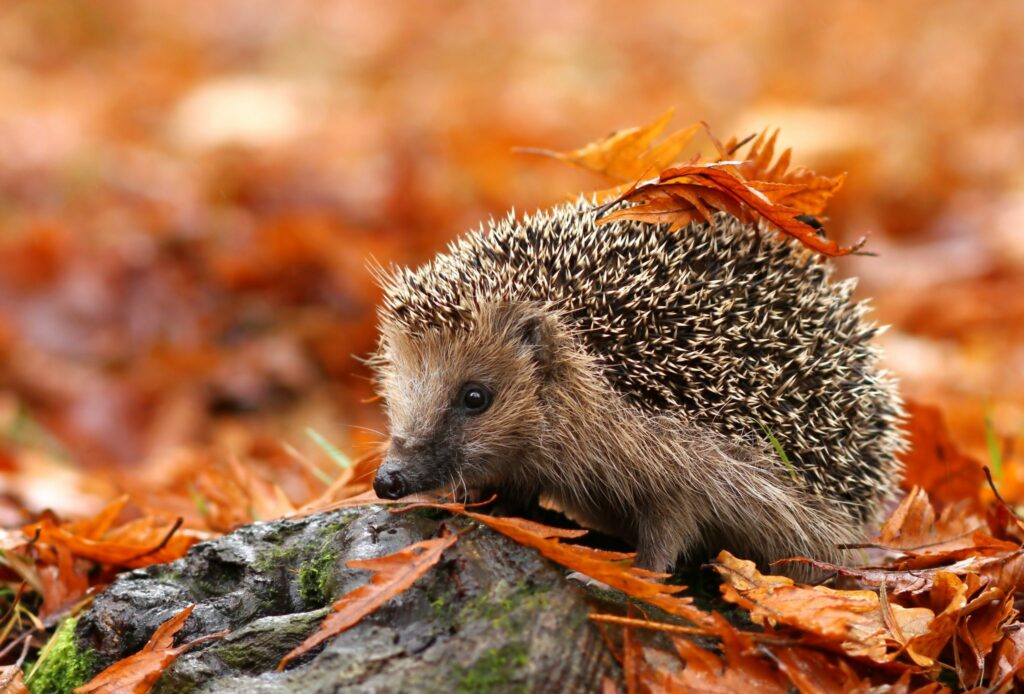
Preparing for Hibernation
Hyperphagia is a phenomenon seen in many animals, including hedgehogs, prior to hibernation. This behavior involves a significant increase in food consumption, which serves to build up fat reserves. These reserves are crucial for survival during hibernation, as hedgehogs will rely on them to sustain their metabolic needs while they are dormant.
During hyperphagia, hedgehogs seek out foods that are high in calories and fat, such as insects, slugs, and worms. They may also consume fruits, nuts, and seeds to supplement their diet. Hedgehogs are opportunistic feeders and will take advantage of any available food sources to ensure they have enough fat for hibernation.
Fat serves is an excellent energy source, providing hedgehogs with the necessary fuel to maintain their metabolic processes during hibernation. It also acts as an insulator, helping to keep them warm in their burrows. Without sufficient fat reserves, hedgehogs would not be able to survive the winter months.
Hyperphagia is regulated by various hormones, including insulin and leptin, which signal to the hedgehog’s brain that it is time to eat. These hormones help to stimulate appetite and promote the storage of fat. As the hedgehog’s fat reserves increase, the levels of these hormones decrease, signaling to the hedgehog that it has consumed enough food and can begin preparing for hibernation.
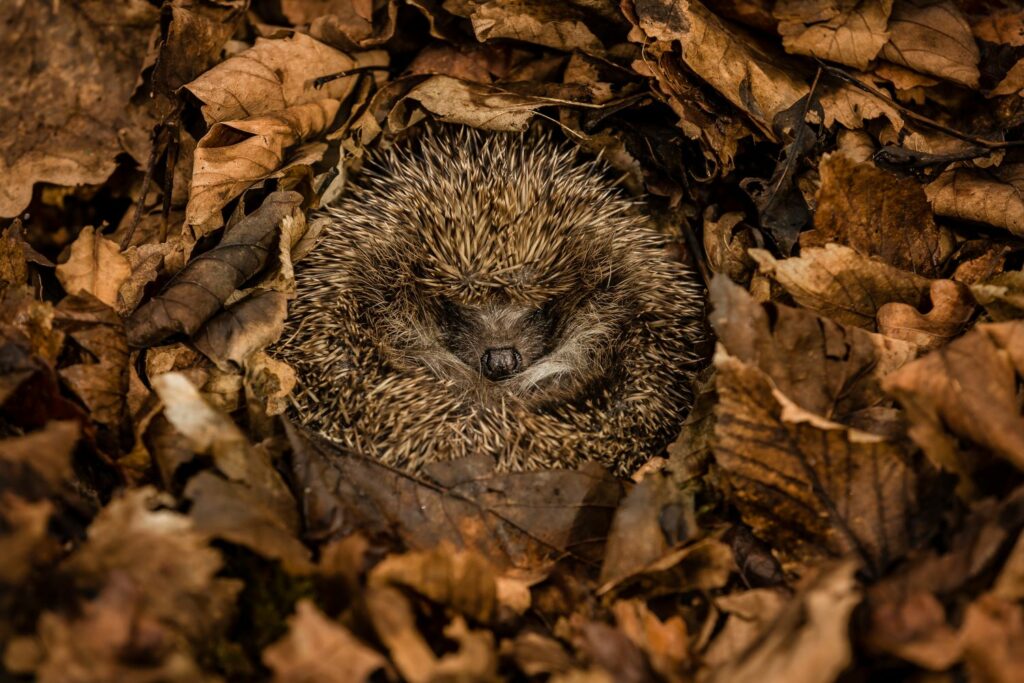
Entering Hibernation
As temperatures continue to plummet, hedgehogs embark on a preparatory phase for their winter survival: hibernation. They meticulously scout for a suitable shelter, employing their keen sense of smell to detect potential burrows, cozy hollows, or snug hideouts beneath leaf piles or within hollow logs. Once they’ve secured a suitable abode, they initiate a state of torpor—a phase characterized by diminished metabolic activity.
During hibernation, hedgehogs plunge into a profound slumber, their metabolic rate plummeting significantly. This metabolic slowdown is a strategic adaptation that permits them to subsist on their accrued fat stores. This energy-conserving state is crucial for their survival, as they abstain from eating or drinking throughout their dormancy.
Despite the sedentary nature of hibernation, hedgehogs are remarkably adept at maintaining a stable body temperature, typically hovering around 15-20°C (59-68°F). This remarkable feat is achieved through the ability to modulate their metabolic rate and, if necessary, engage in shivering thermogenesis—a process that generates internal heat.
Intermittently, during their winter slumber, hedgehogs may briefly rouse from their deep sleep, awakening every 1-2 weeks. These sporadic awakenings serve essential physiological functions, such as eliminating waste through urination and defecation. In particularly favorable conditions, hedgehogs may even venture out to forage for sustenance before returning to their dormant state. These brief interludes of activity underscore the adaptability and resourcefulness of hedgehogs in their quest for winter survival.
Waking from Hibernation
As the days lengthen and temperatures begin to climb, hedgehogs gradually stir from their winter slumber. Typically awakening in March or April, they emerge from their burrows, eager to replenish their depleted reserves and engage in the timeless rituals of courtship and territorial assertion.
With the thawing of the frosty landscape, hedgehogs embark on a quest for sustenance, traversing considerable distances in search of nourishment. They exhibit an impressive ability to navigate their environment, often utilizing familiar routes and scent trails to guide their movements.
For hedgehogs, the end of hibernation heralds a period of heightened activity. In addition to the urgent quest for sustenance, they are driven by a primal instinct to seek out potential mates and establish territories. These territories serve as vital resources, providing access to food and shelter as well as the opportunity for successful reproduction.
Despite their readiness to embrace the new season, hedgehogs remain adaptable and pragmatic. They may intermittently return to hibernation throughout the winter months, responding to fluctuations in temperature and the availability of food. This intermittent hibernation allows them to conserve energy and adapt to changing environmental conditions, ensuring their survival in the face of unpredictable weather patterns.
In essence, the transition from hibernation to activity marks a pivotal moment in the annual cycle of hedgehogs. It symbolizes the triumph of resilience and adaptability over the harsh challenges of winter, as these remarkable creatures embark on a new chapter of life and renewal.


